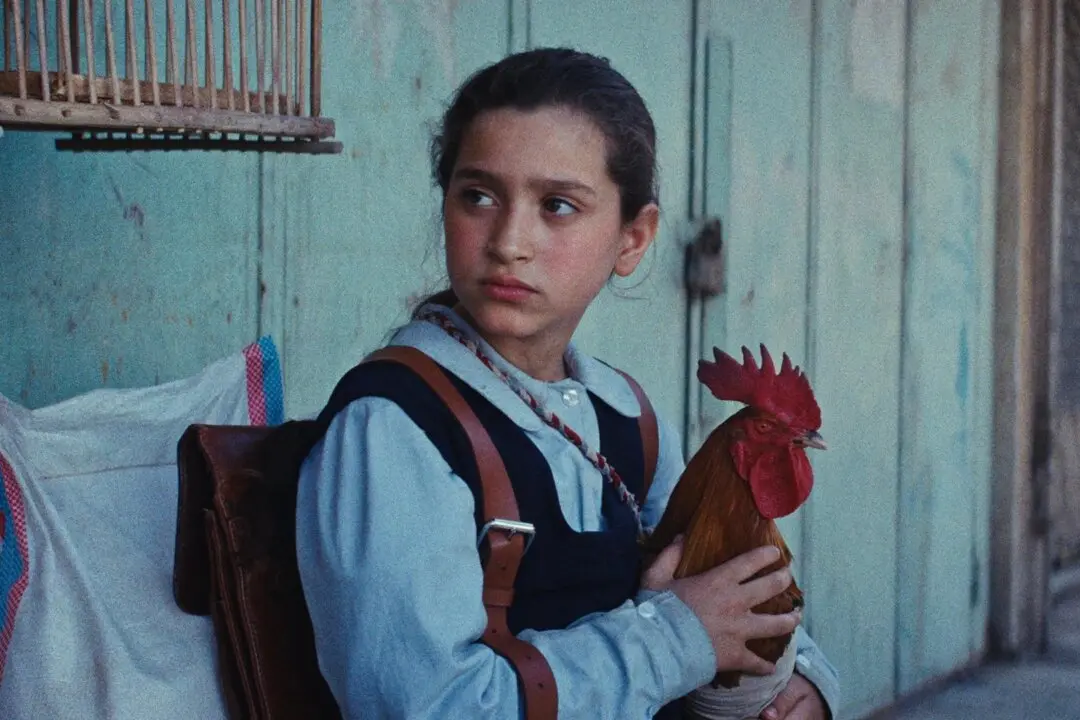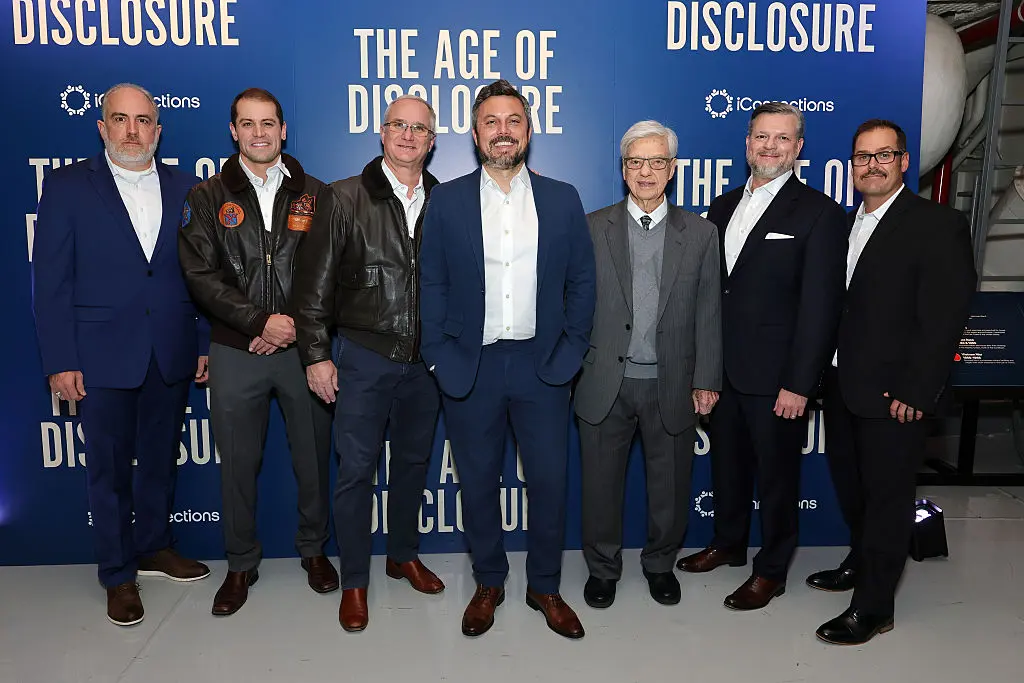Like Charlie Gordon in “Flowers for Algernon,” Ptolemy Grey’s experimental mind-enhancing treatment will only be temporary. However, he fully understands that. Grey is willing to be a guinea pig, to buy himself time to finish some unfinished business. With the inevitable return of his dementia looming, the elderly man strives to find his grandnephew’s murderer in creator-screenwriter Walter Mosley’s six-episode “The Last Days of Ptolemy Grey,” adapted from his own novel.
Physically, Grey remains surprisingly healthy for his 93 years, but his mind is nearly entirely shrouded in fog. He still sort of recognizes his grandnephew Reggie Lloyd, who does his best to care for Grey. The rest of his family is repulsed by his unstable state of mind and his slovenly living conditions, so nobody even bothers to inform him of Reggie’s untimely death. They just have him collected for the wake.




